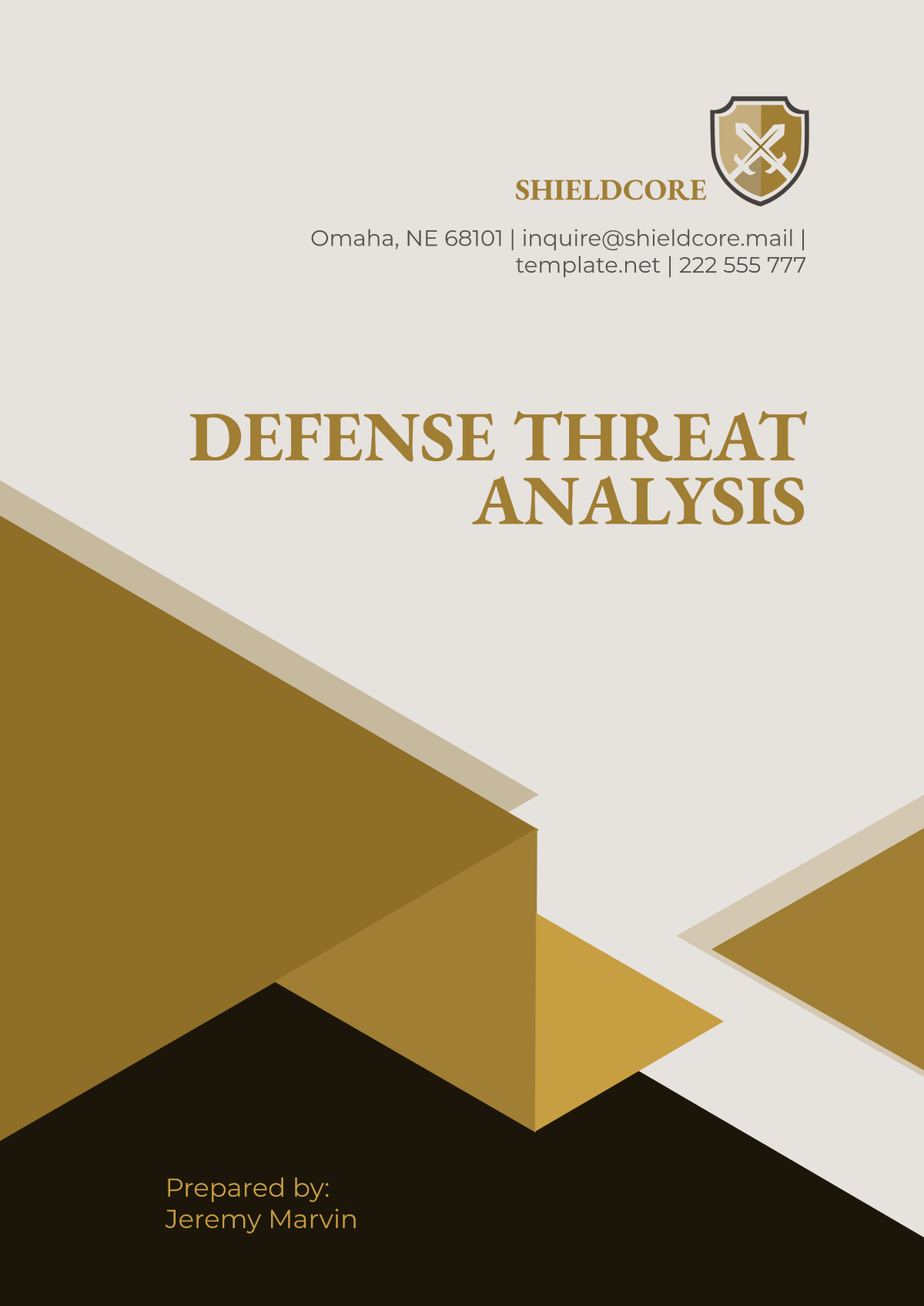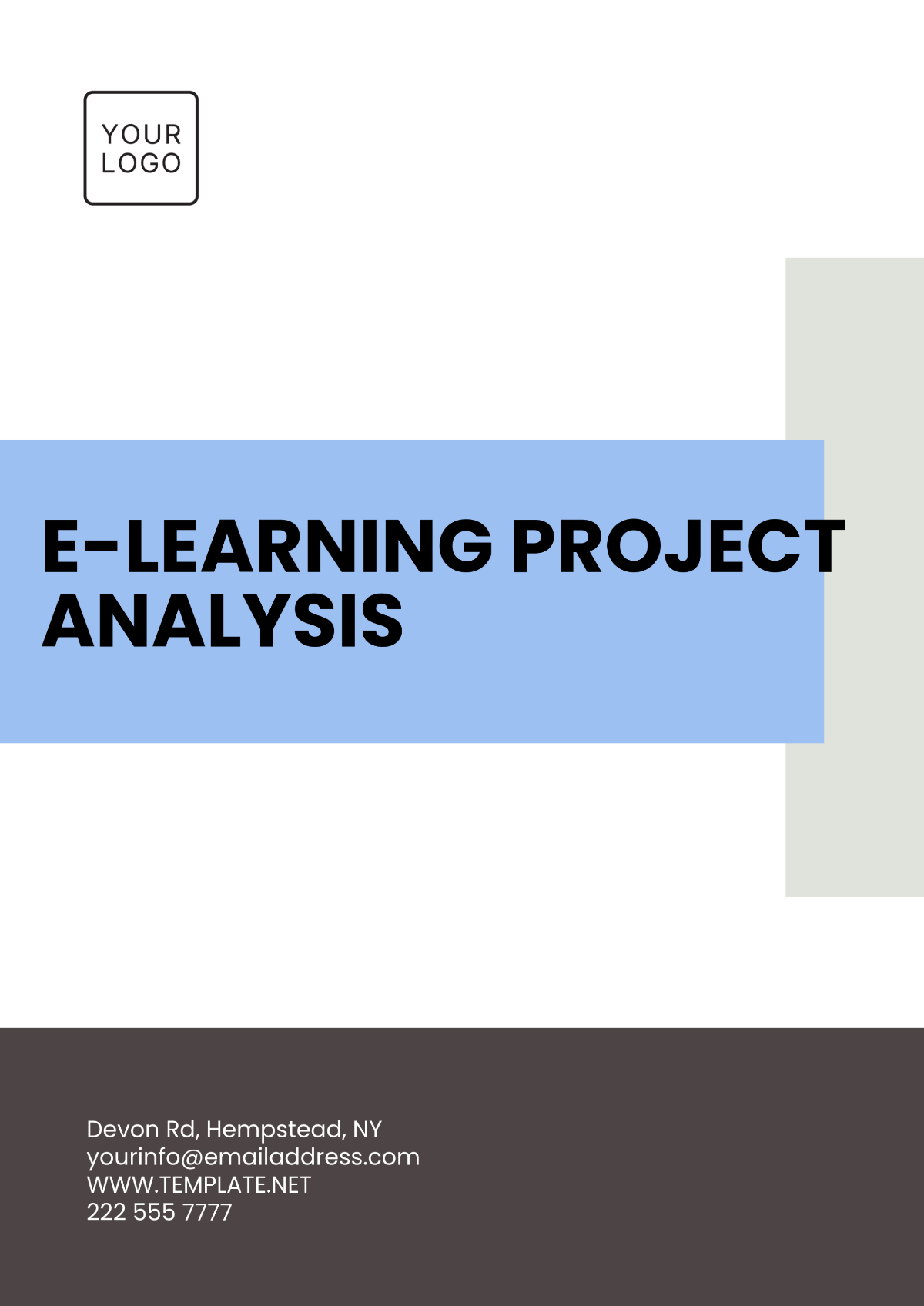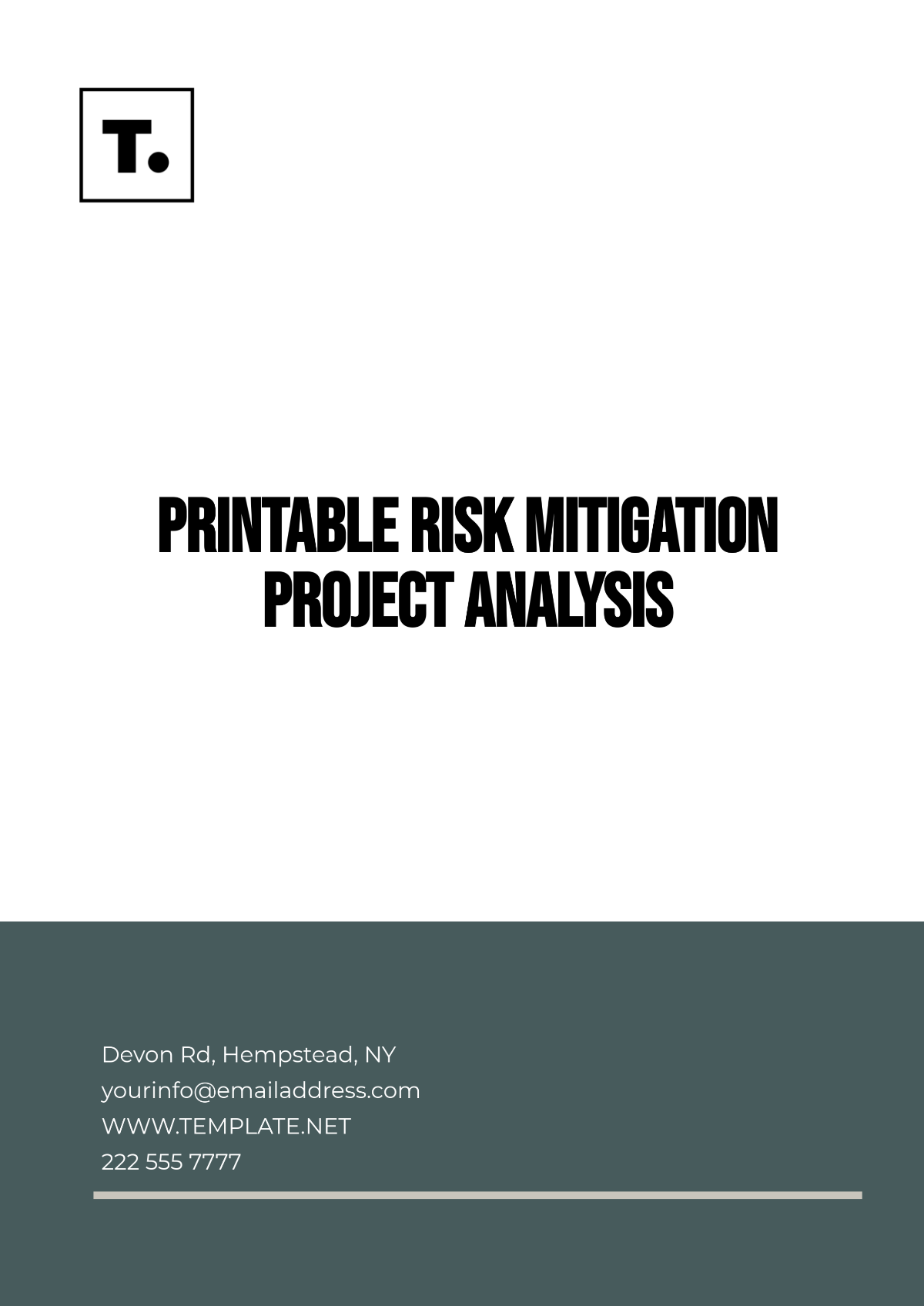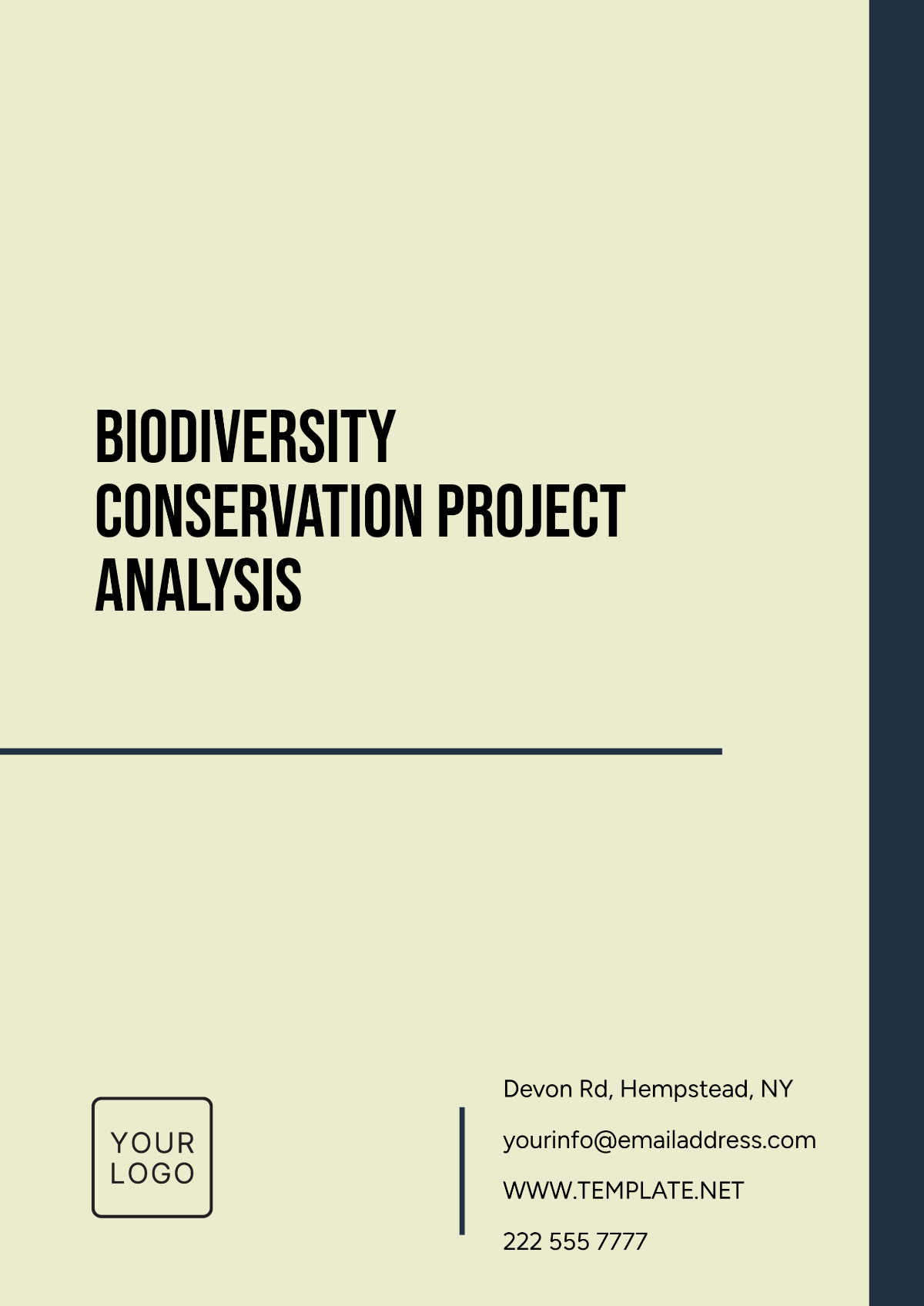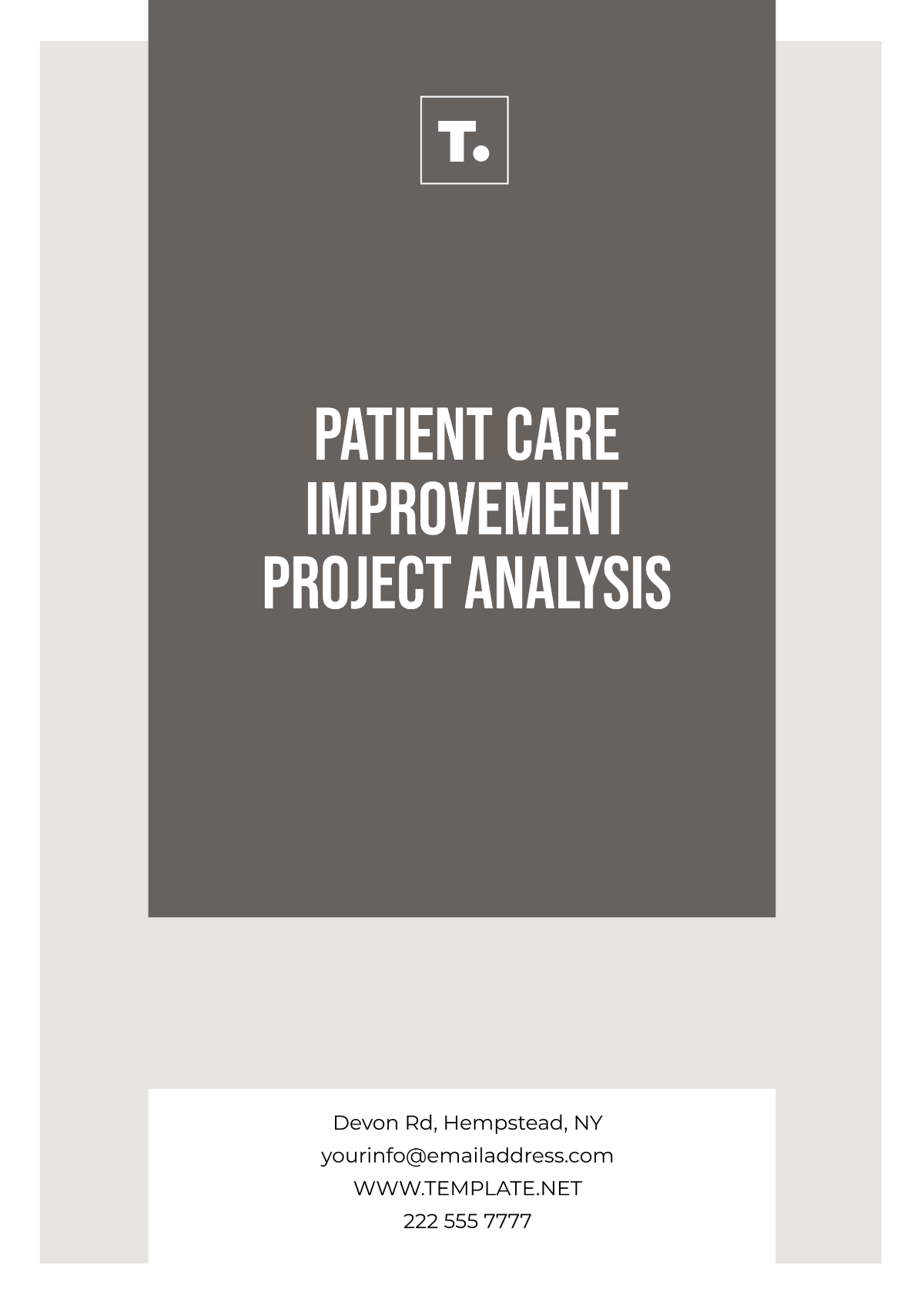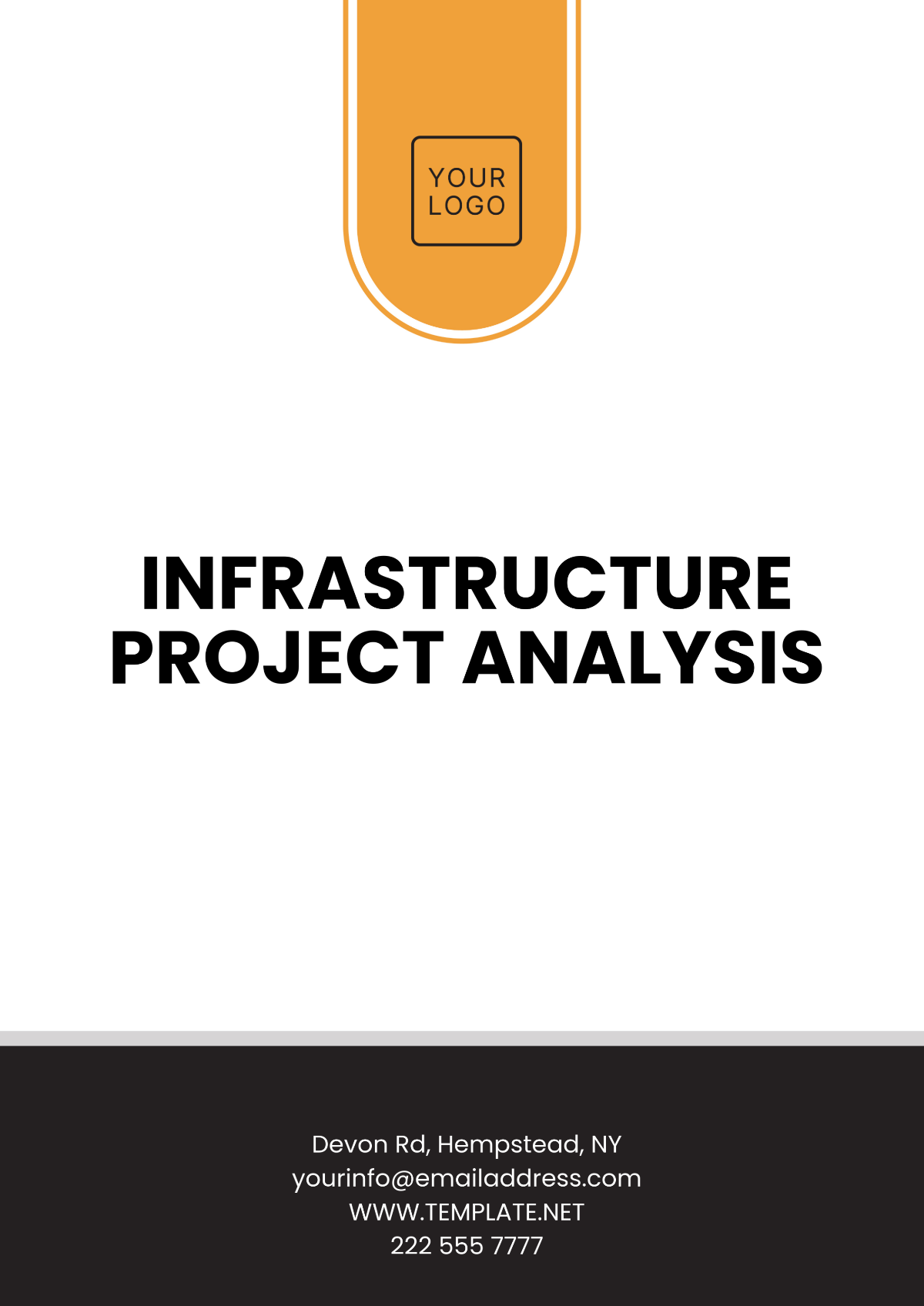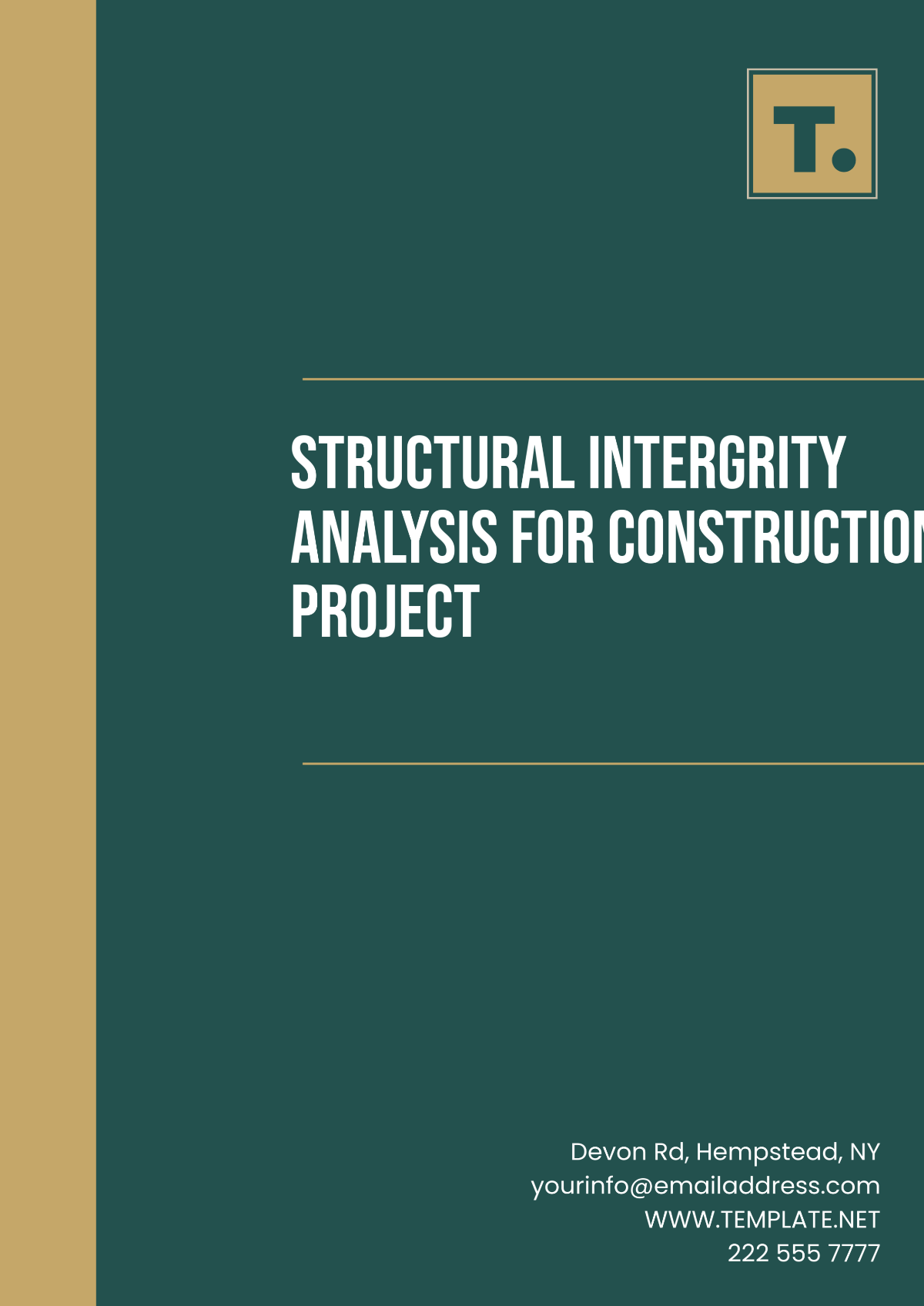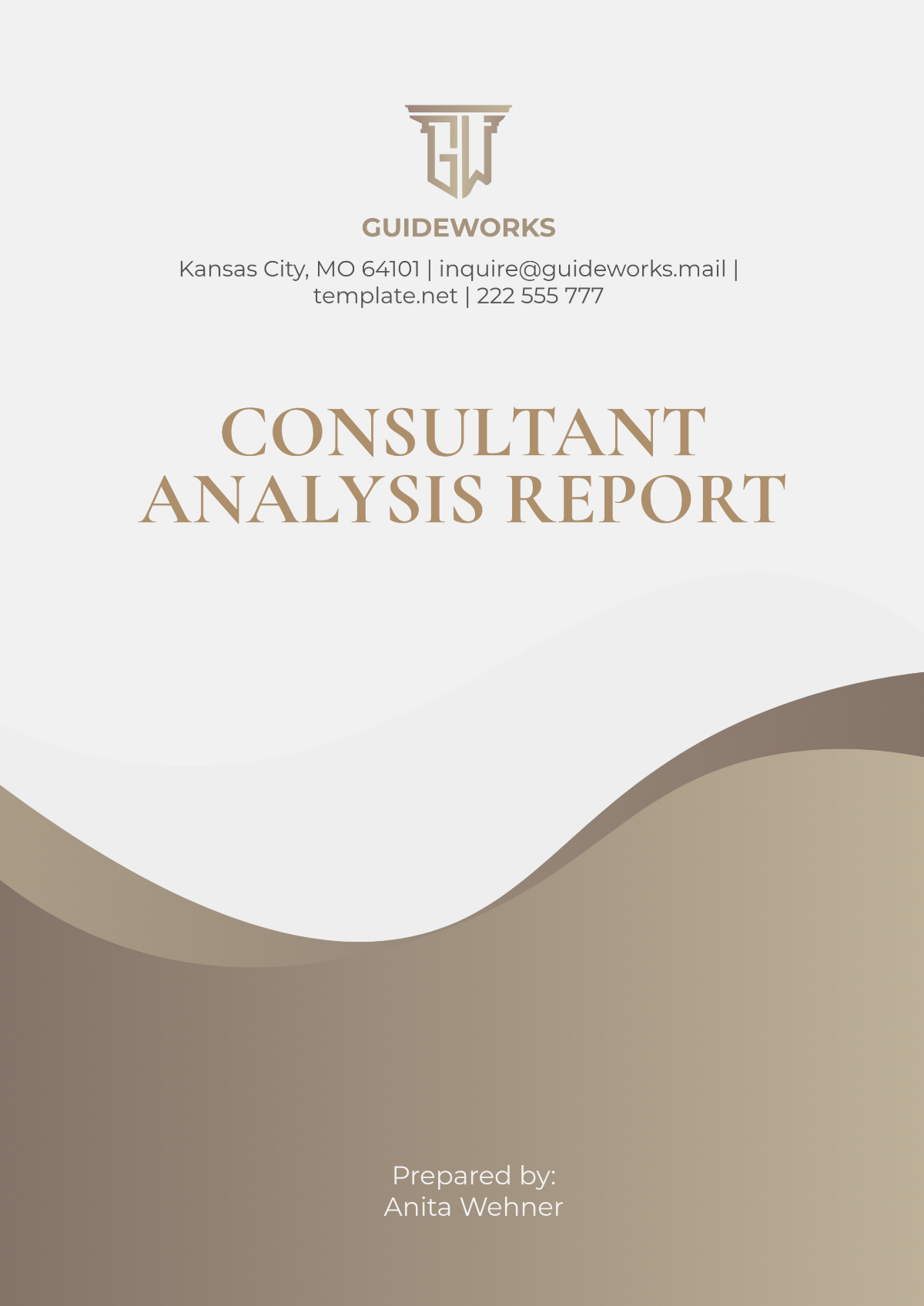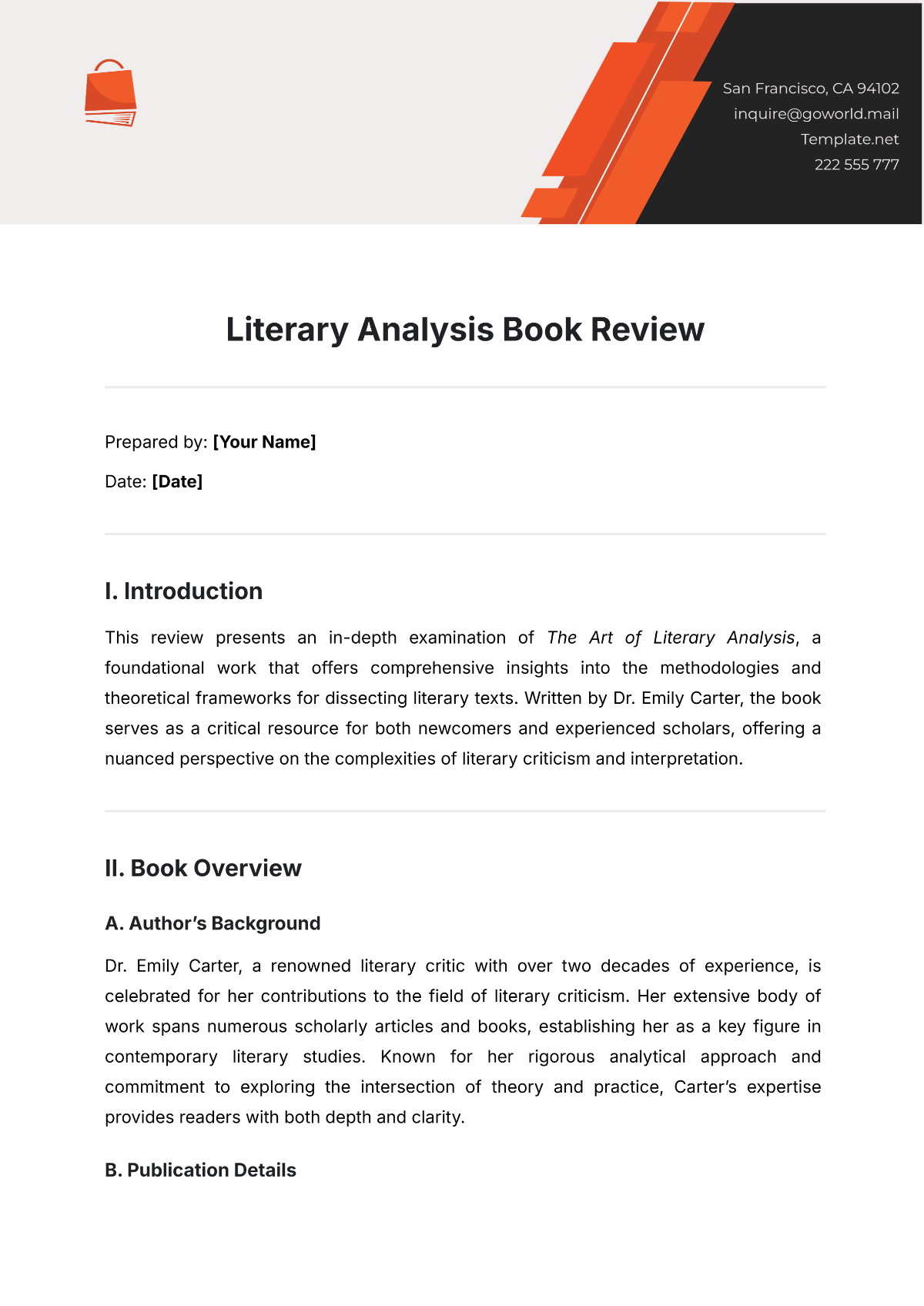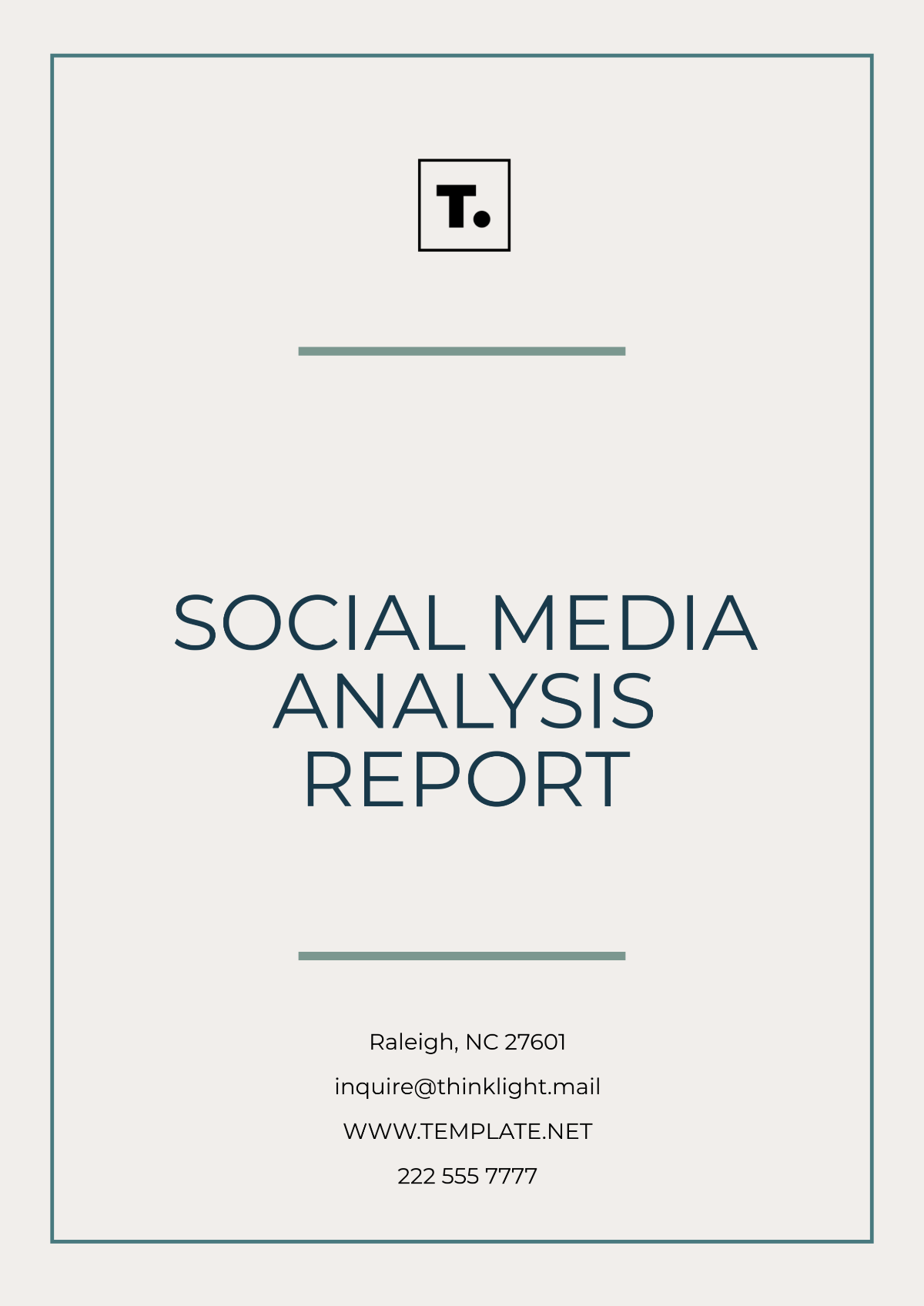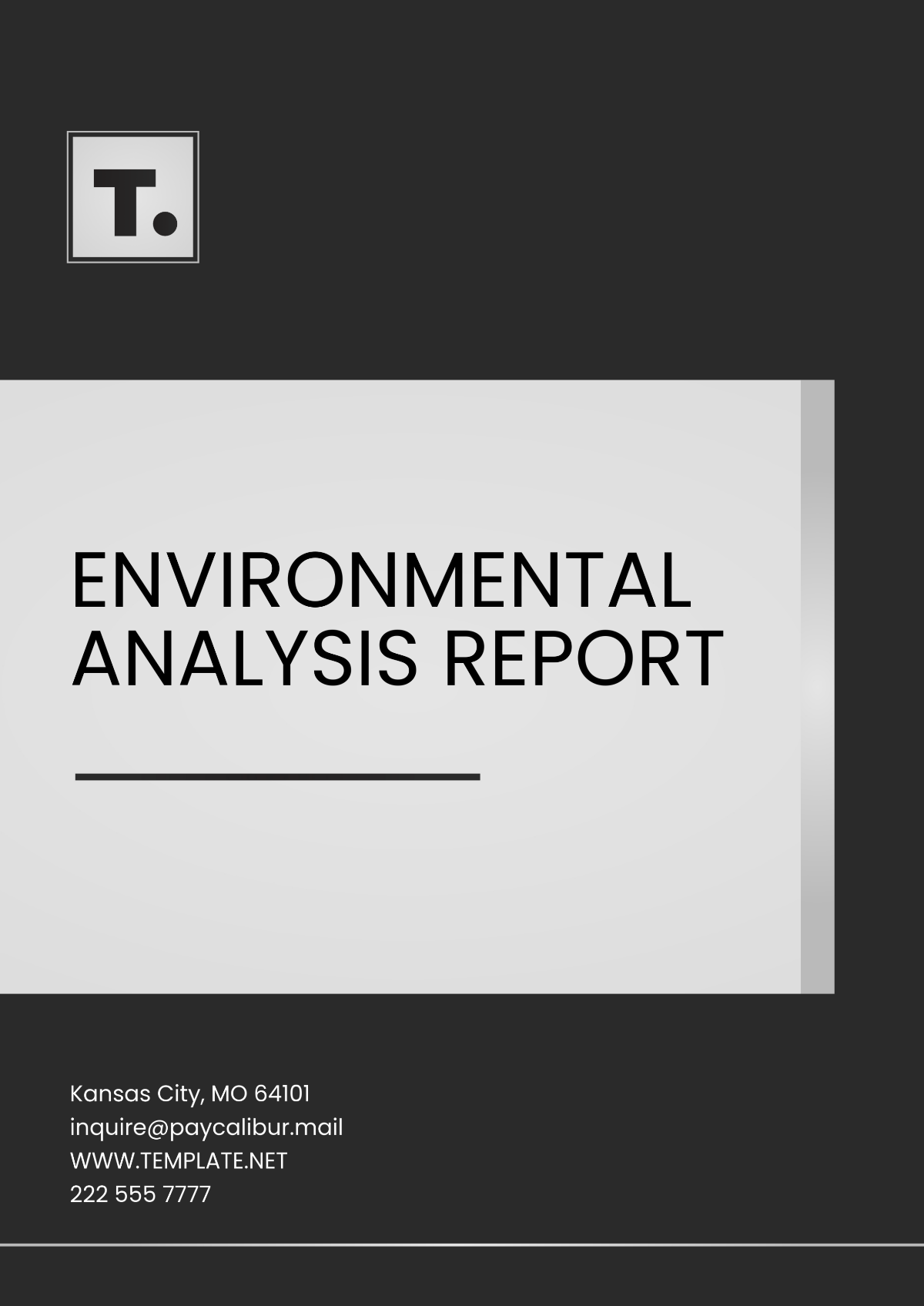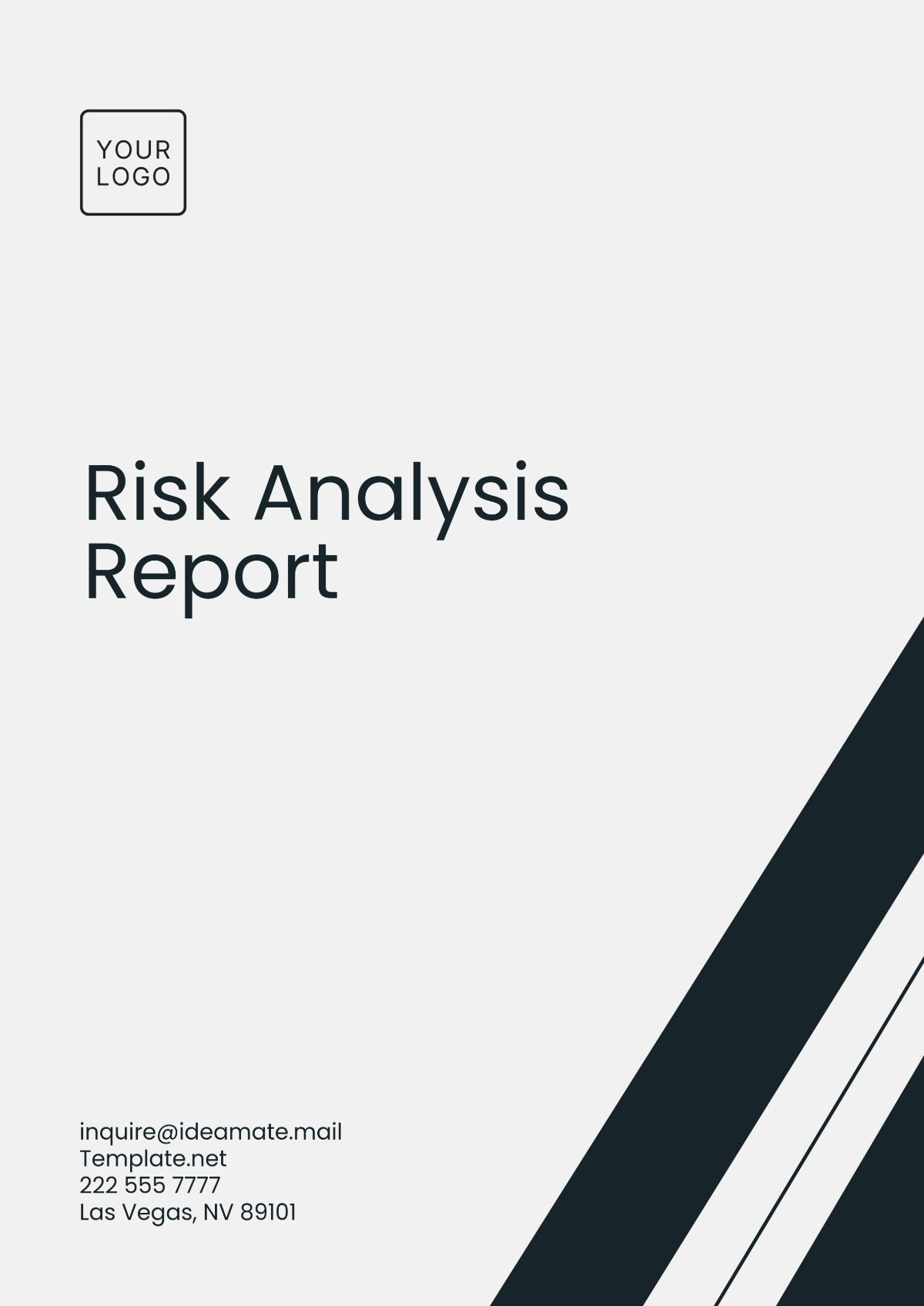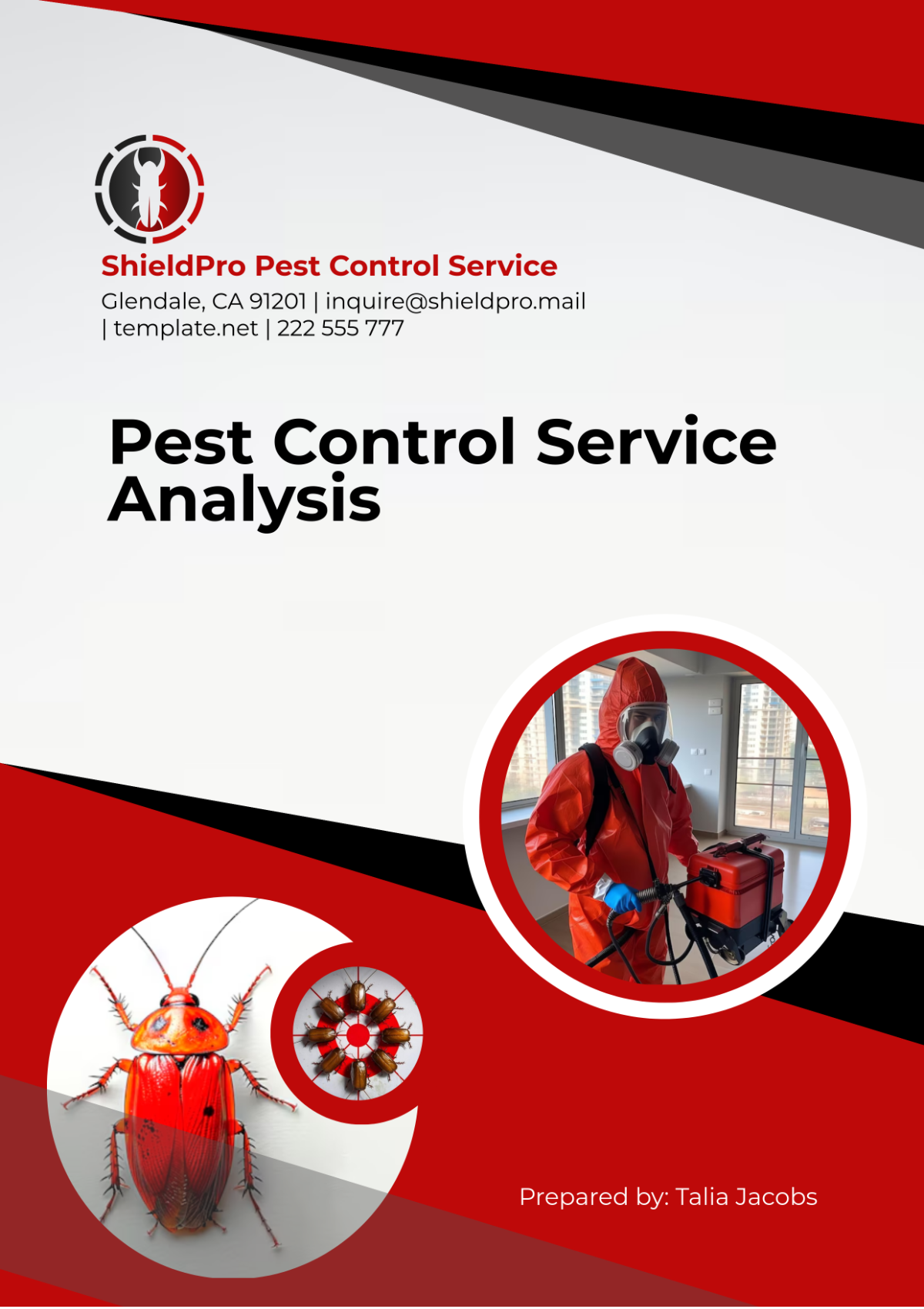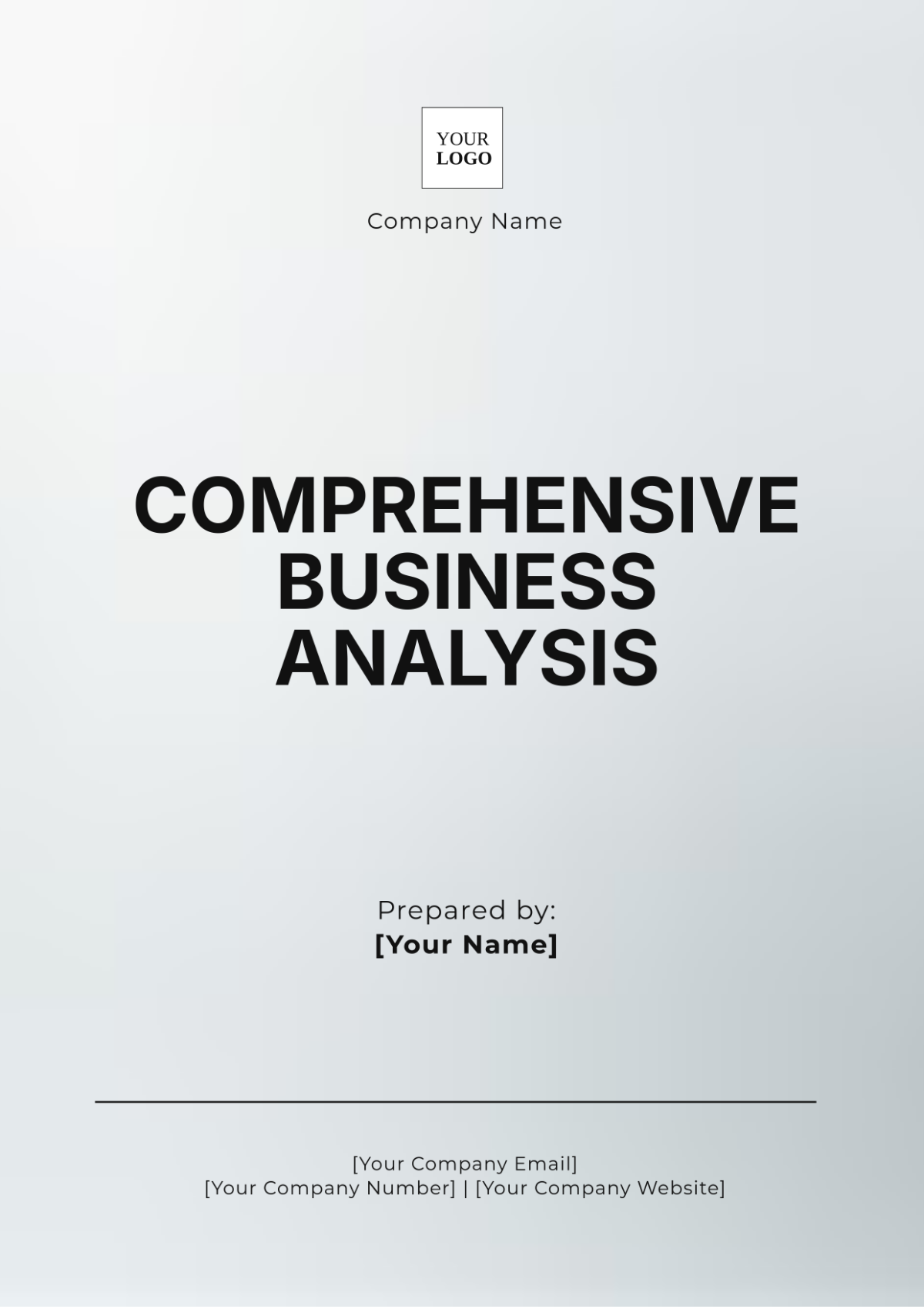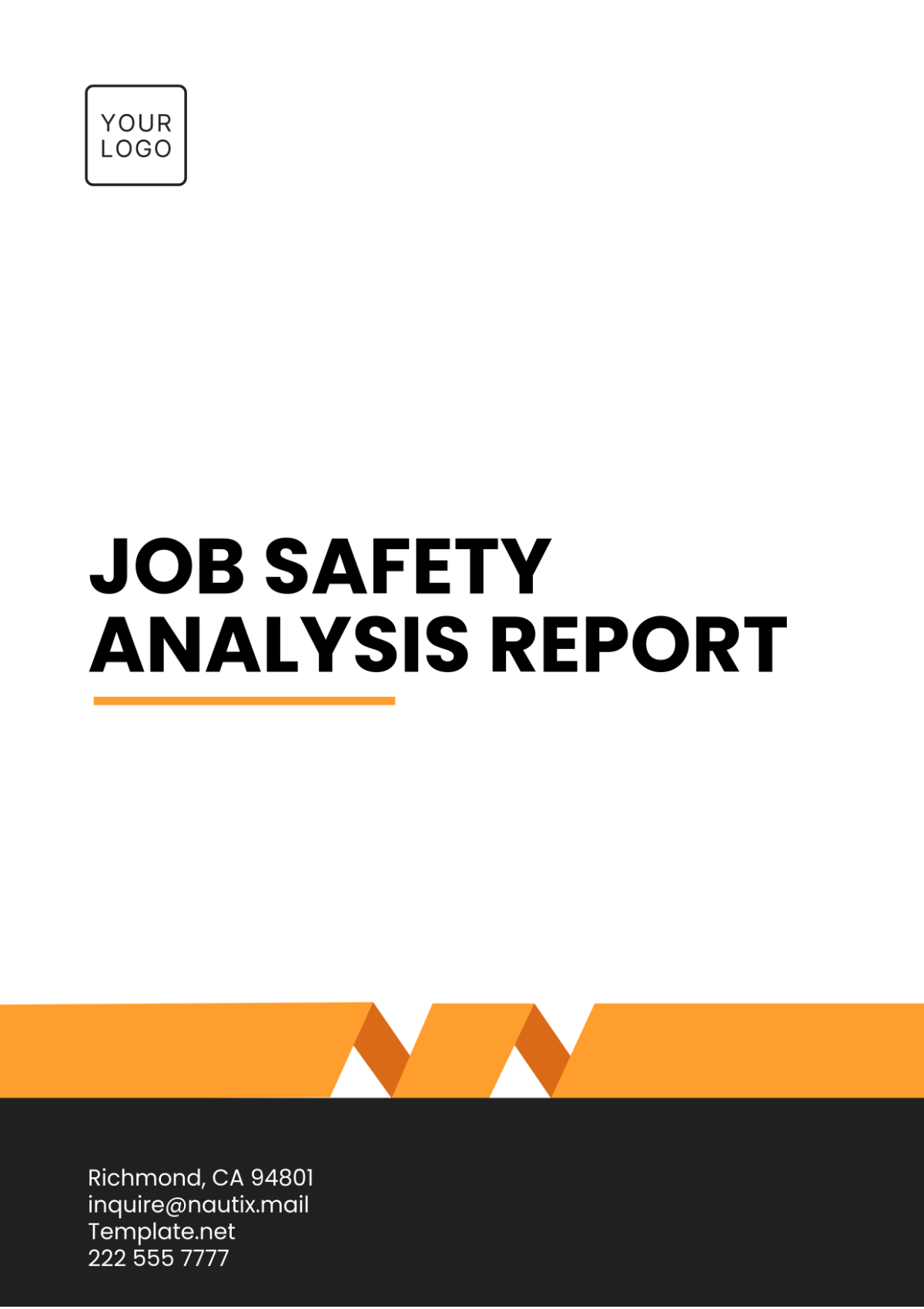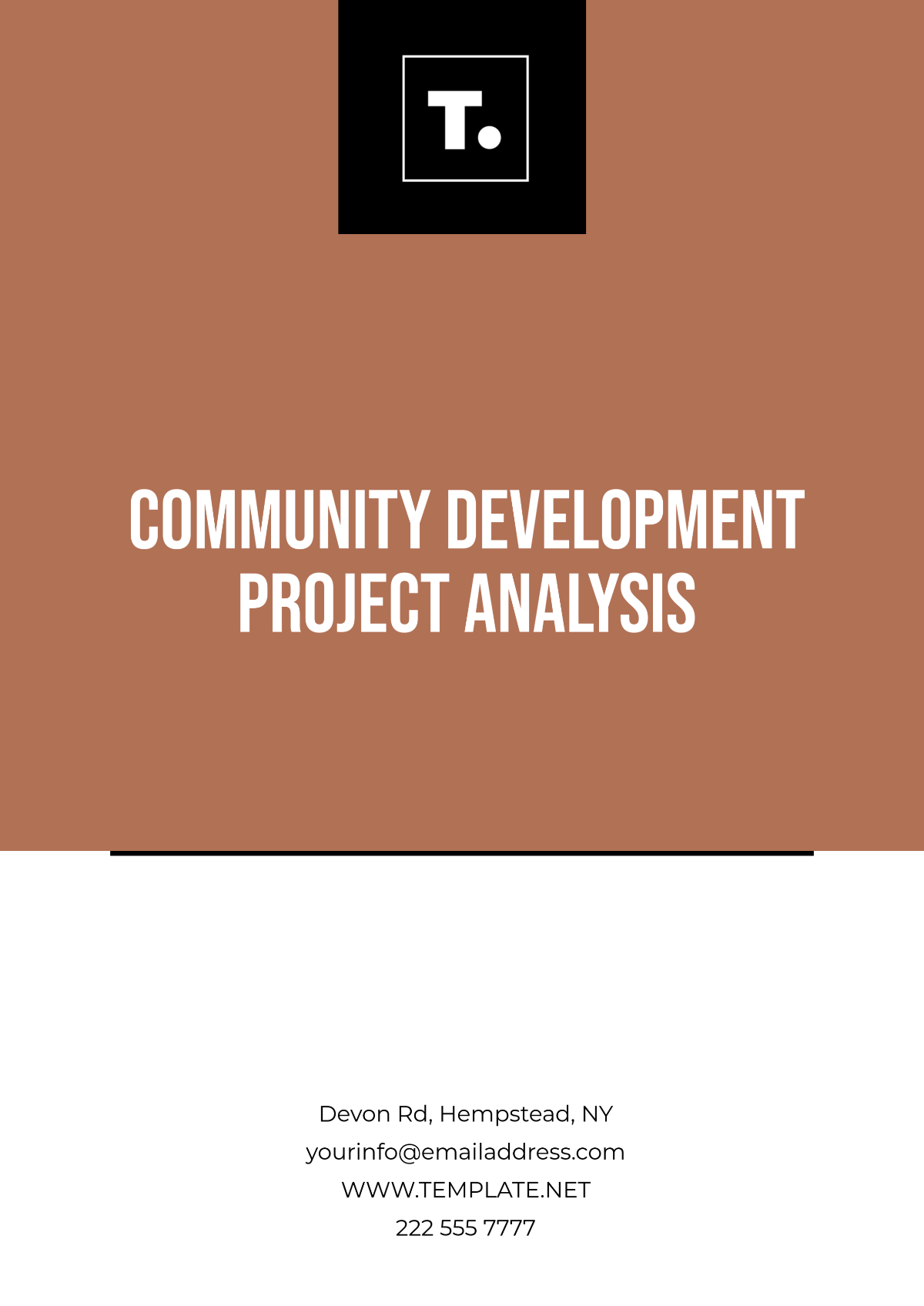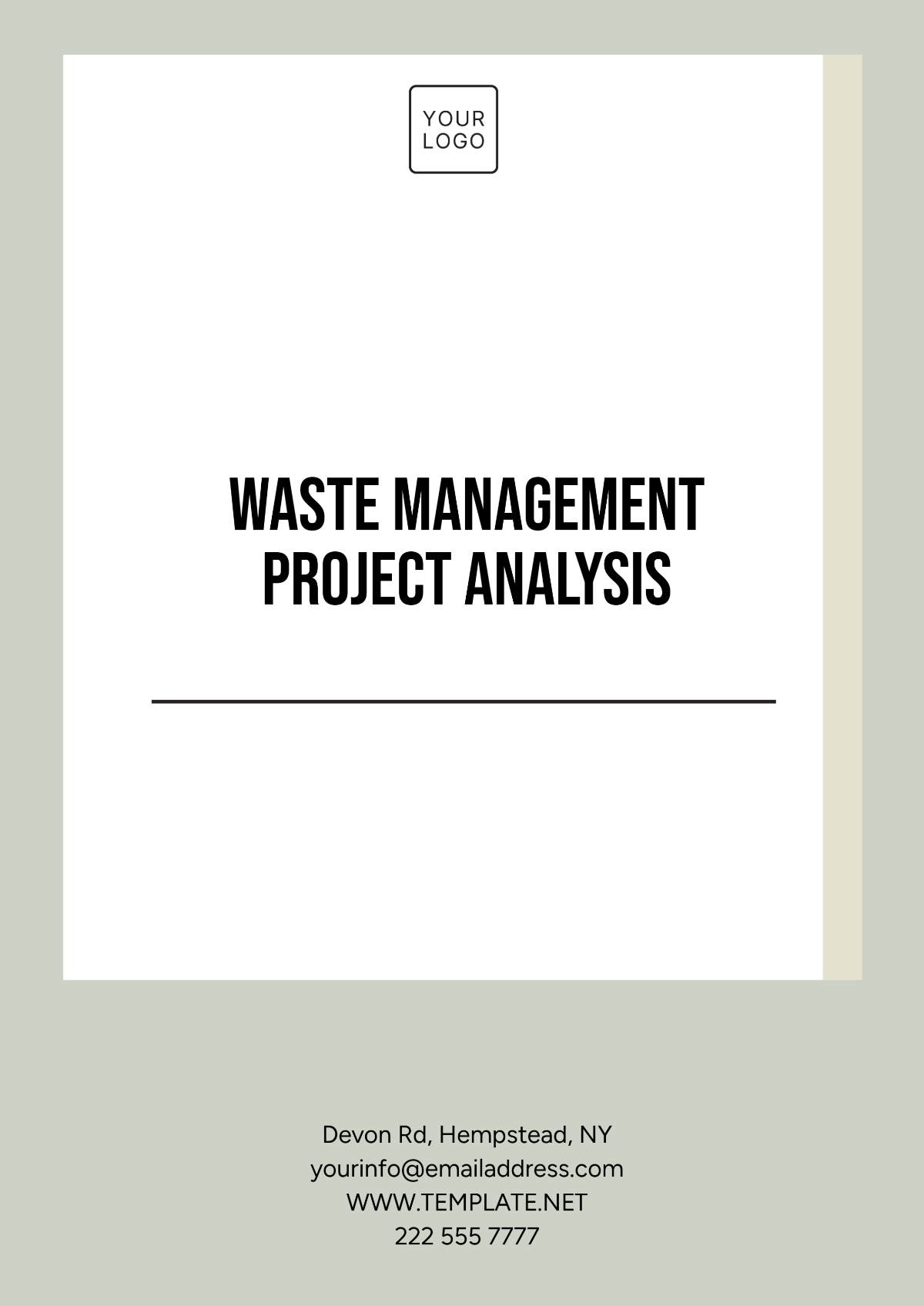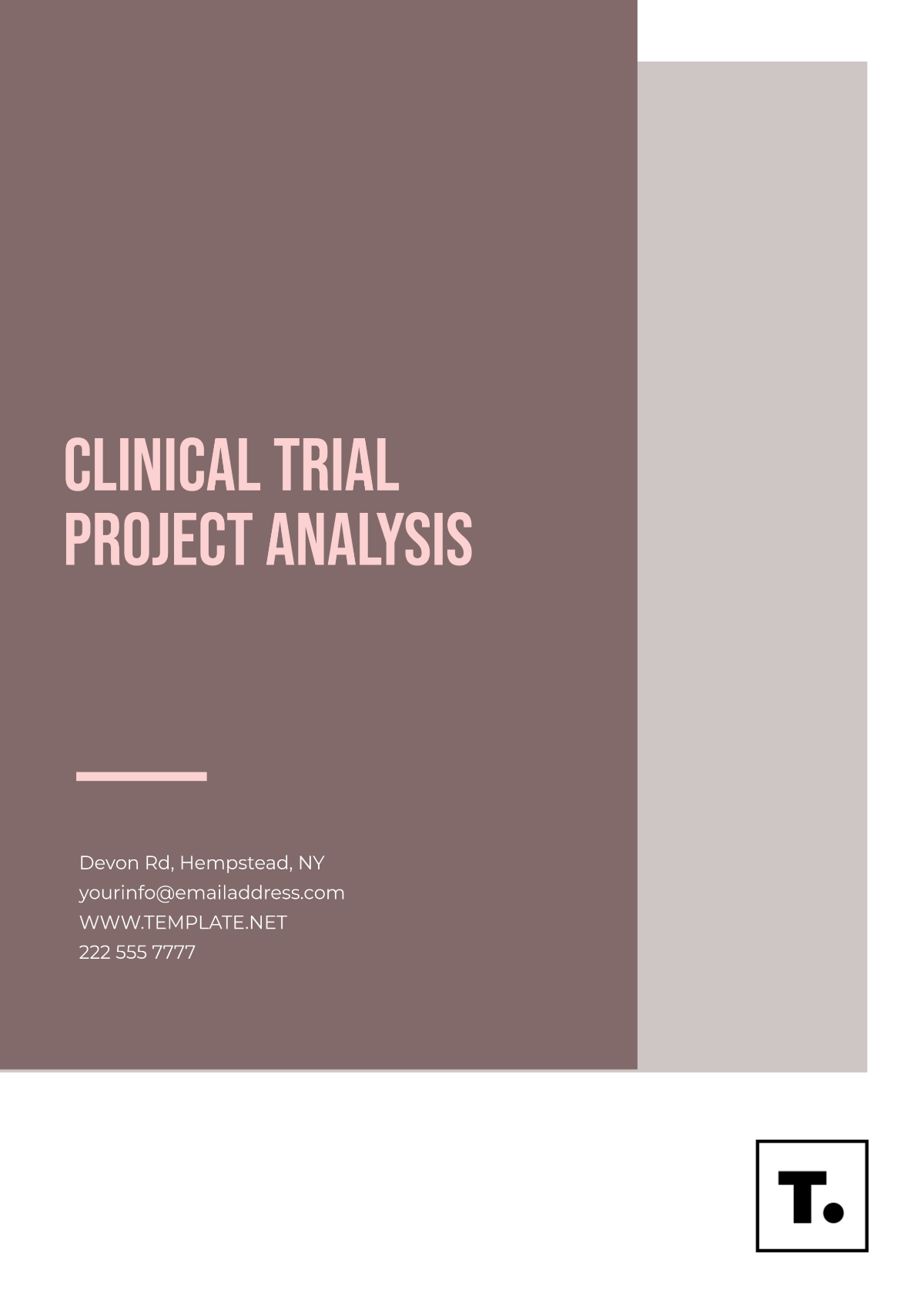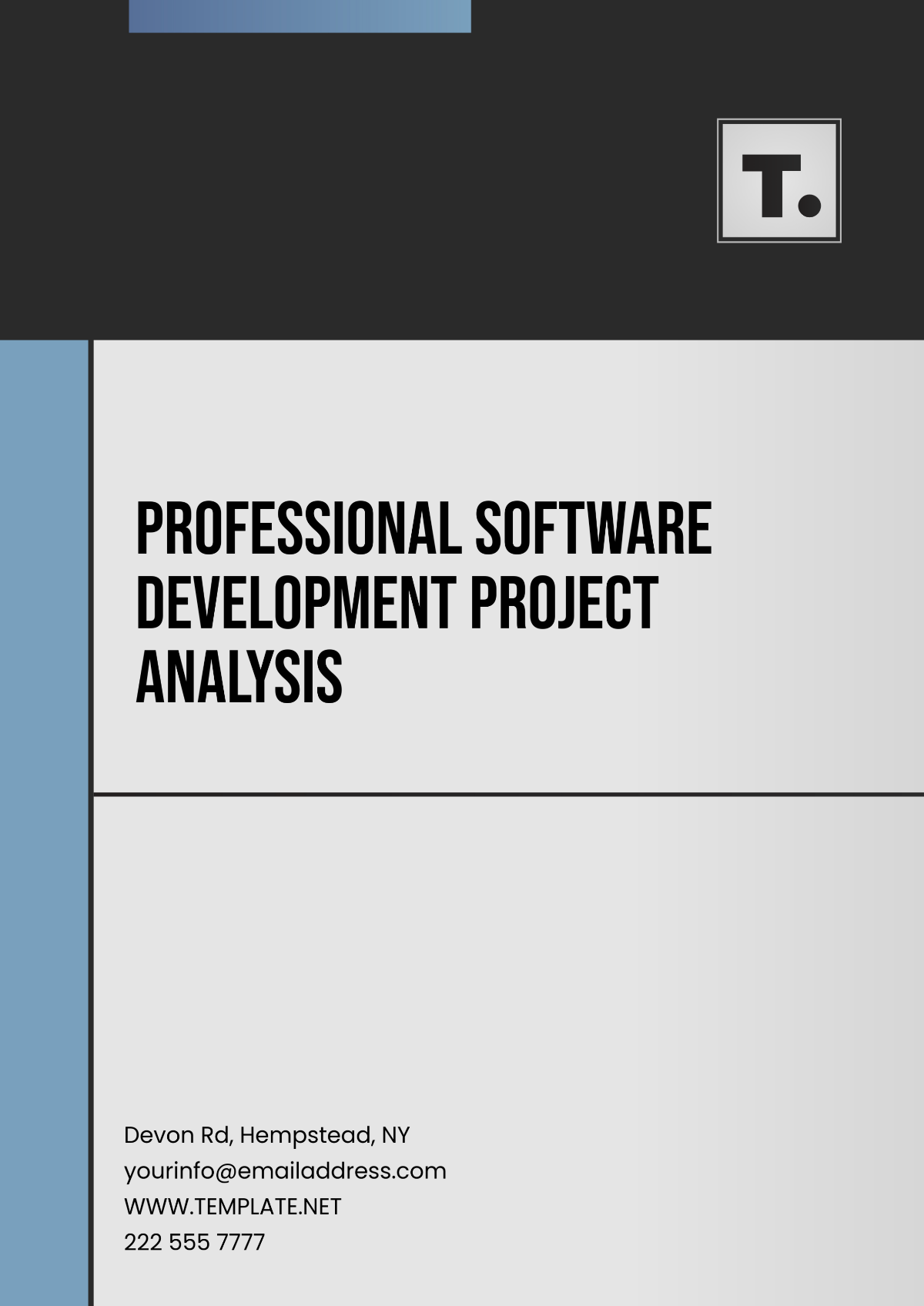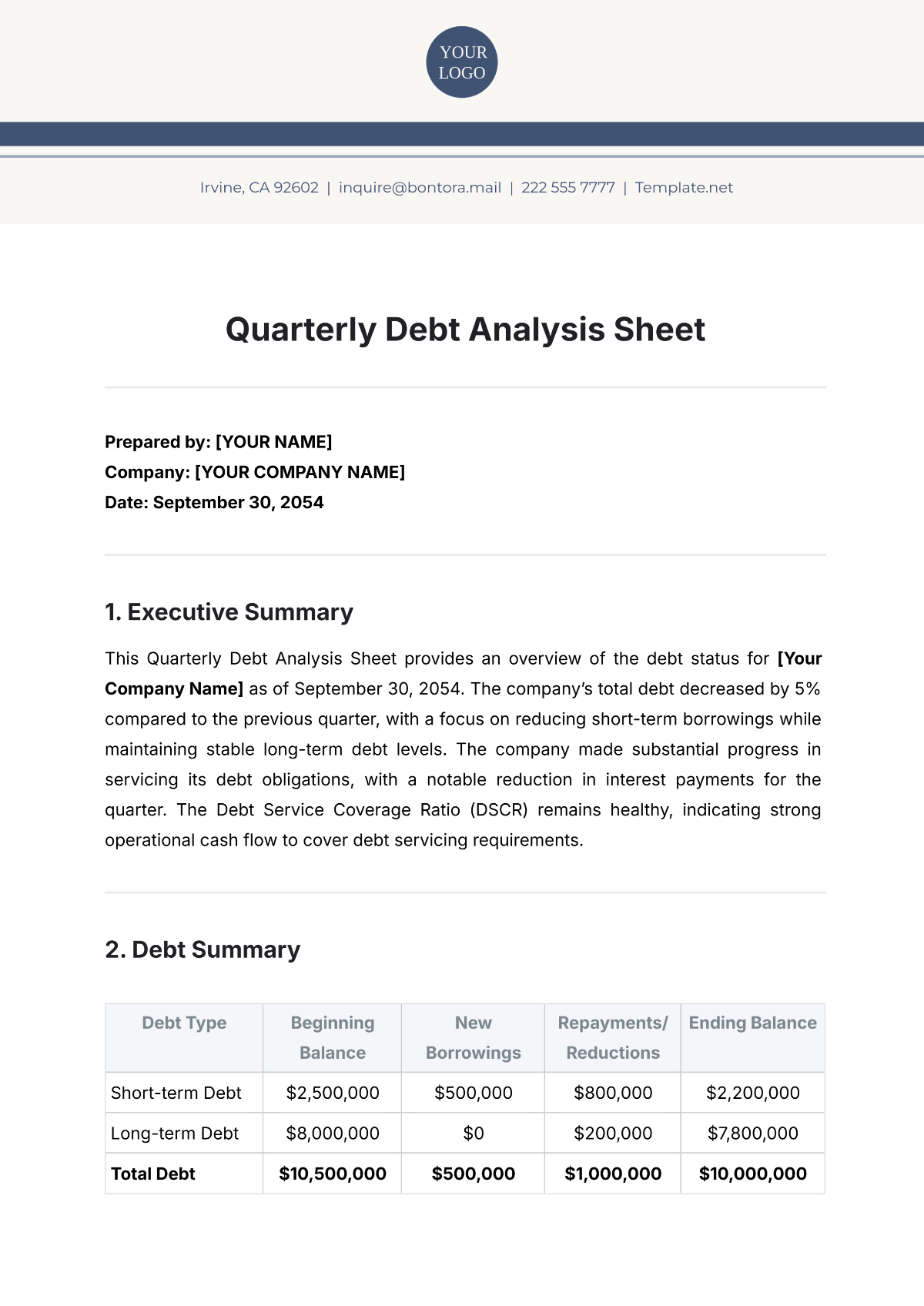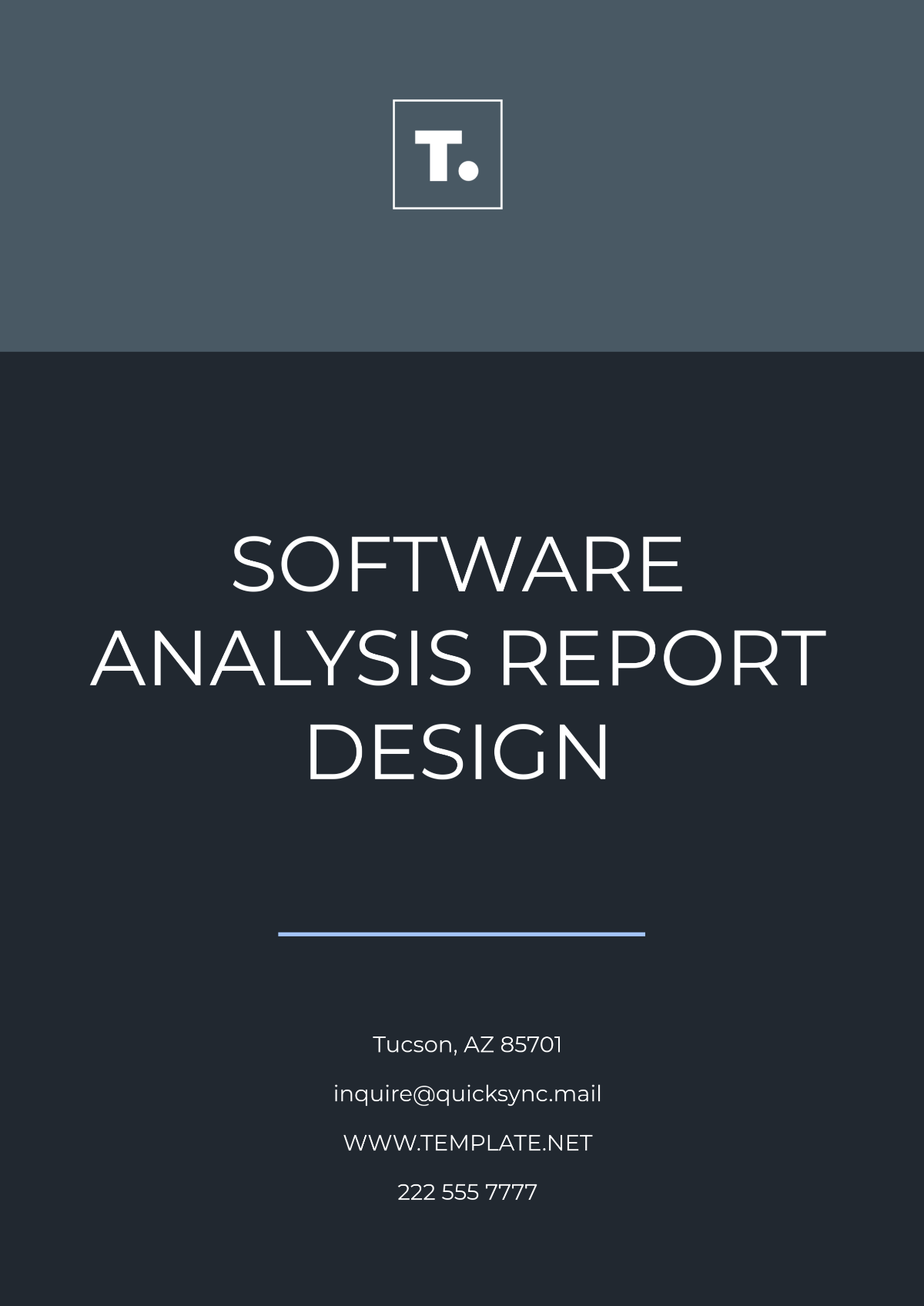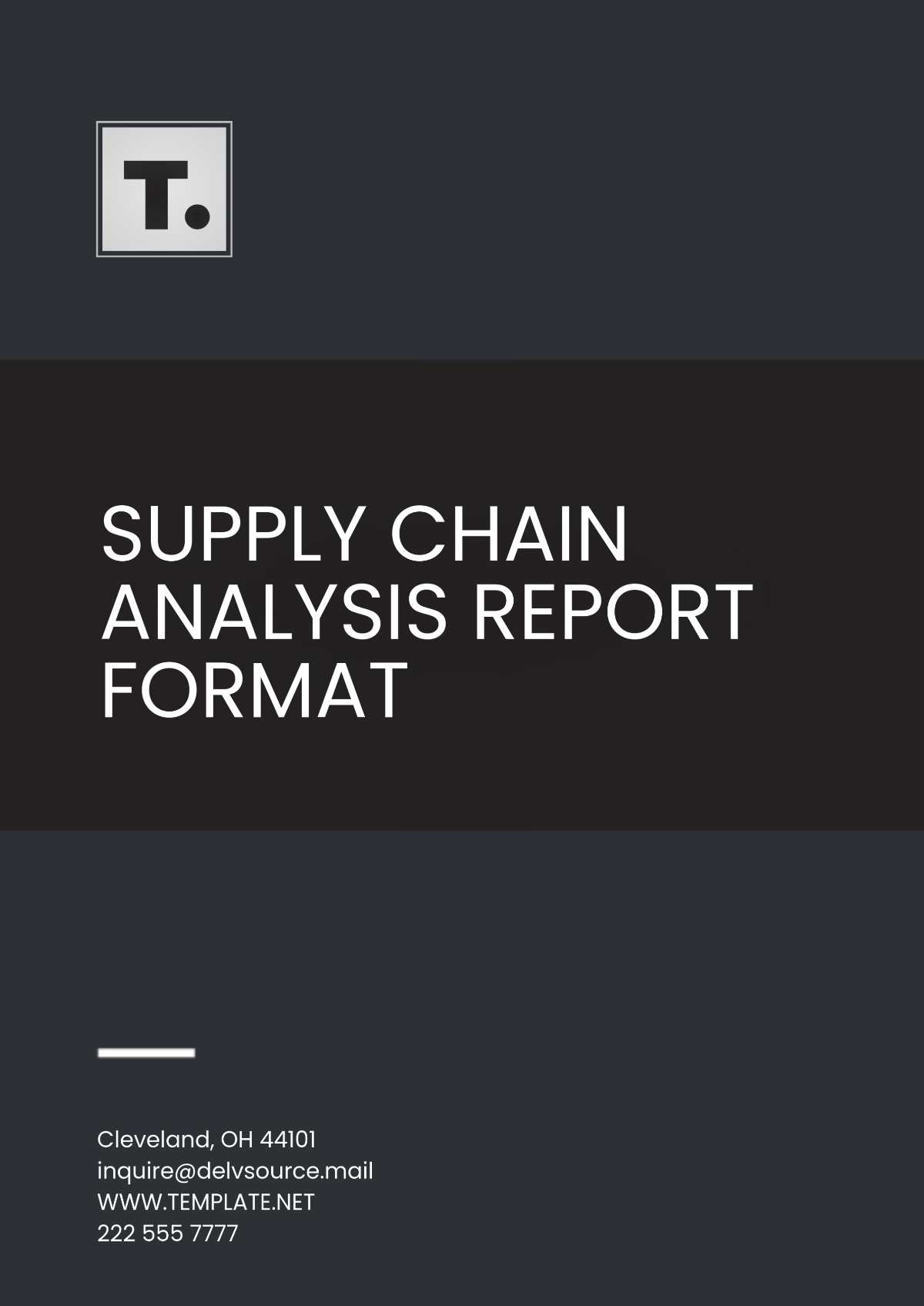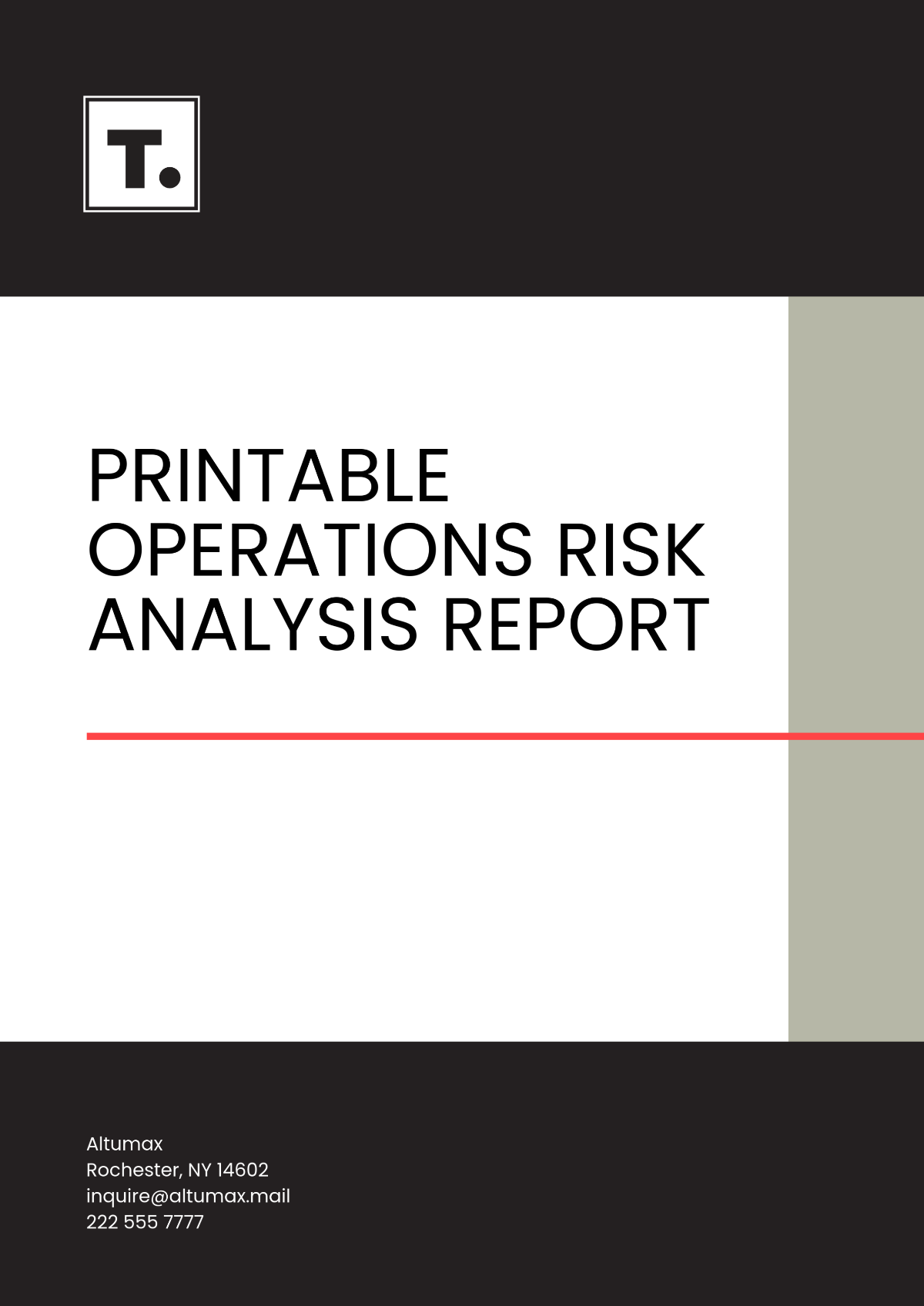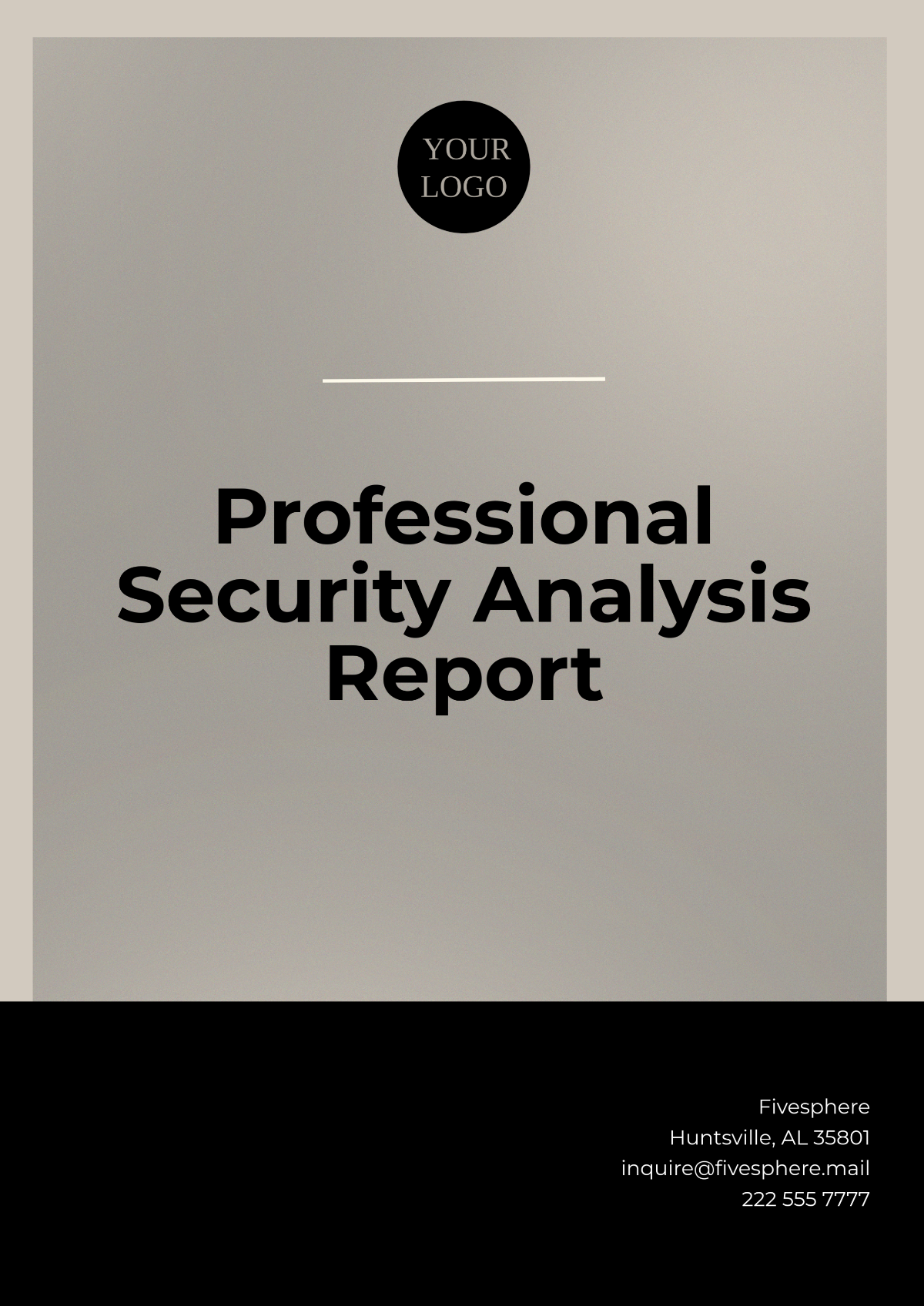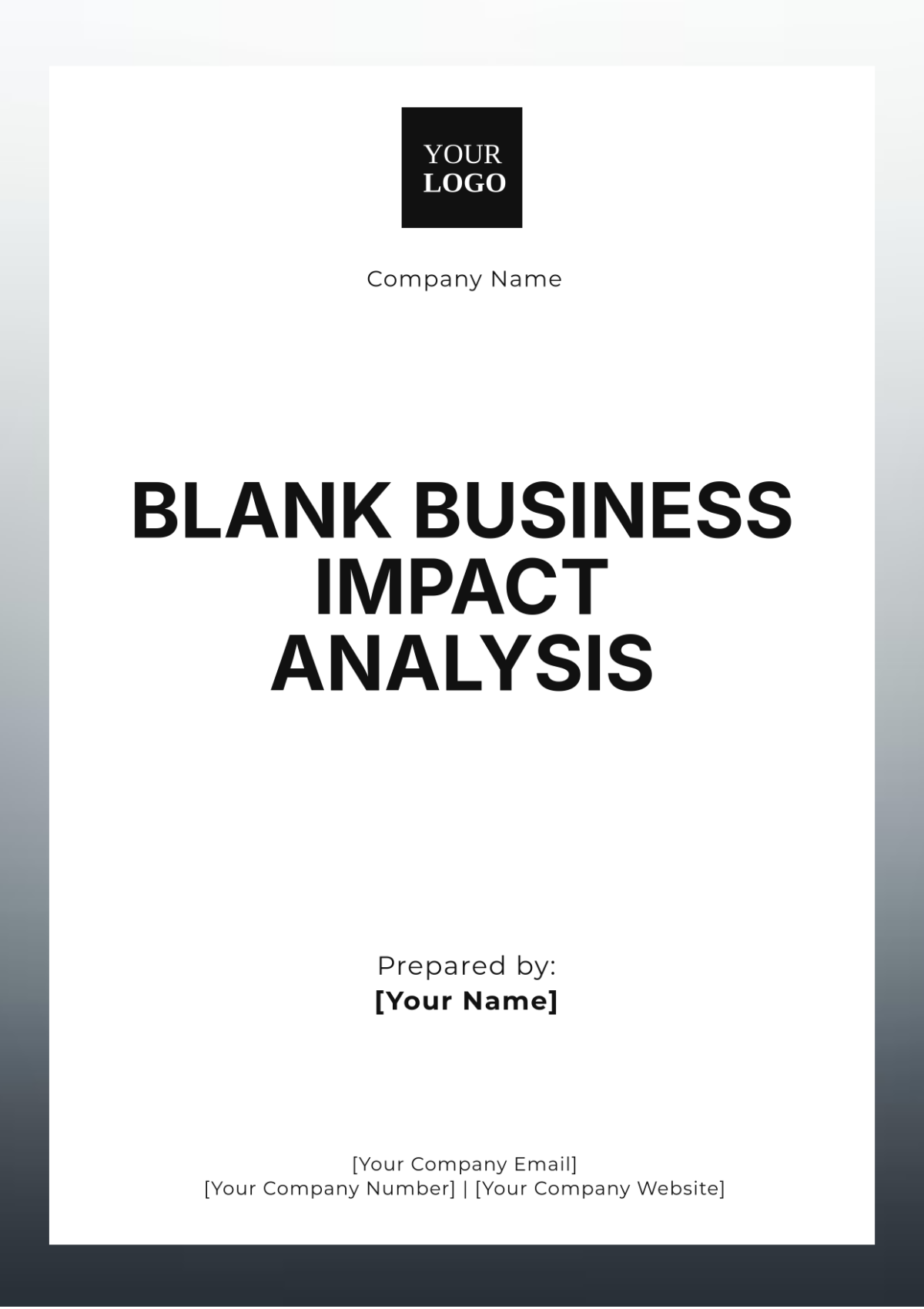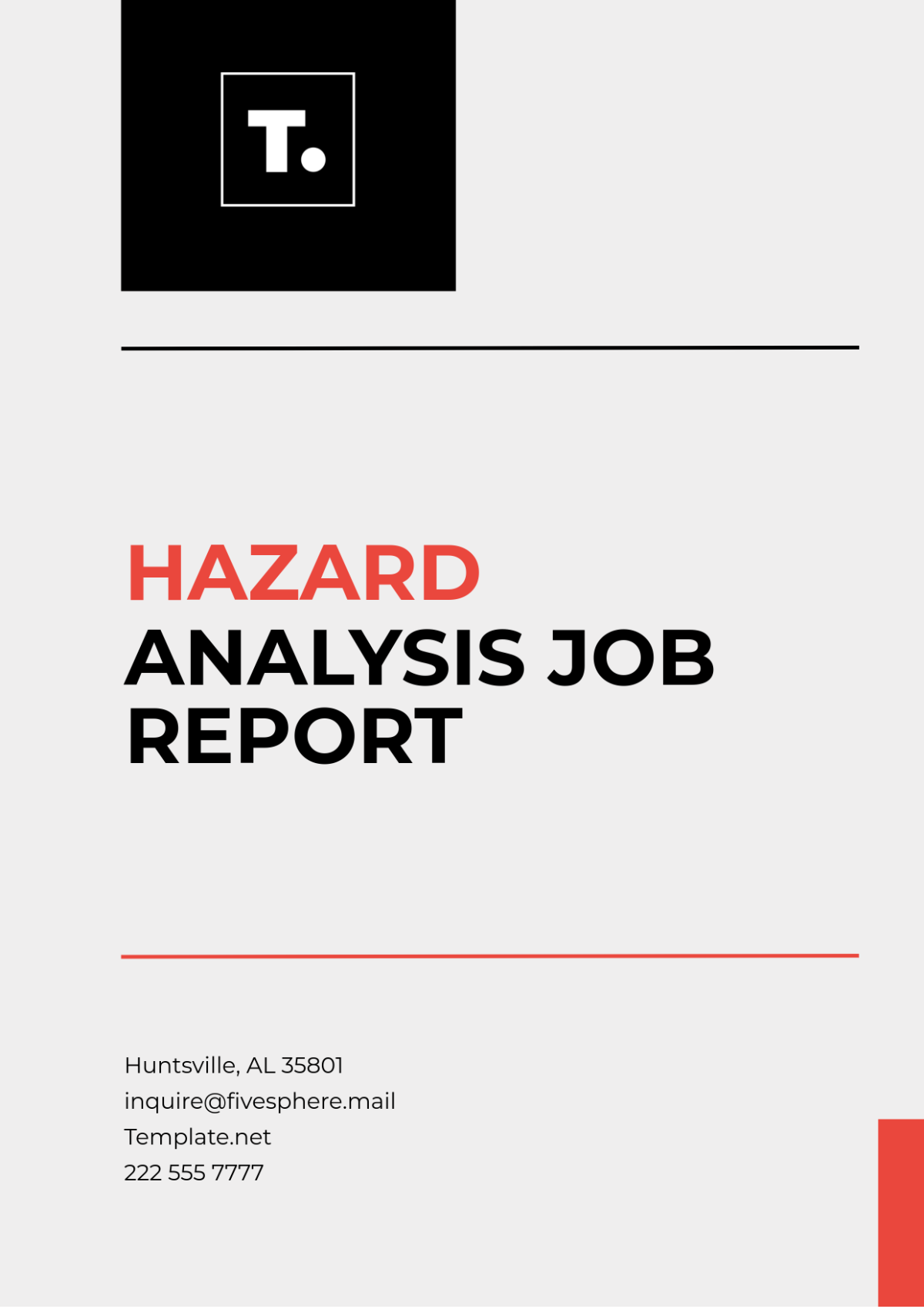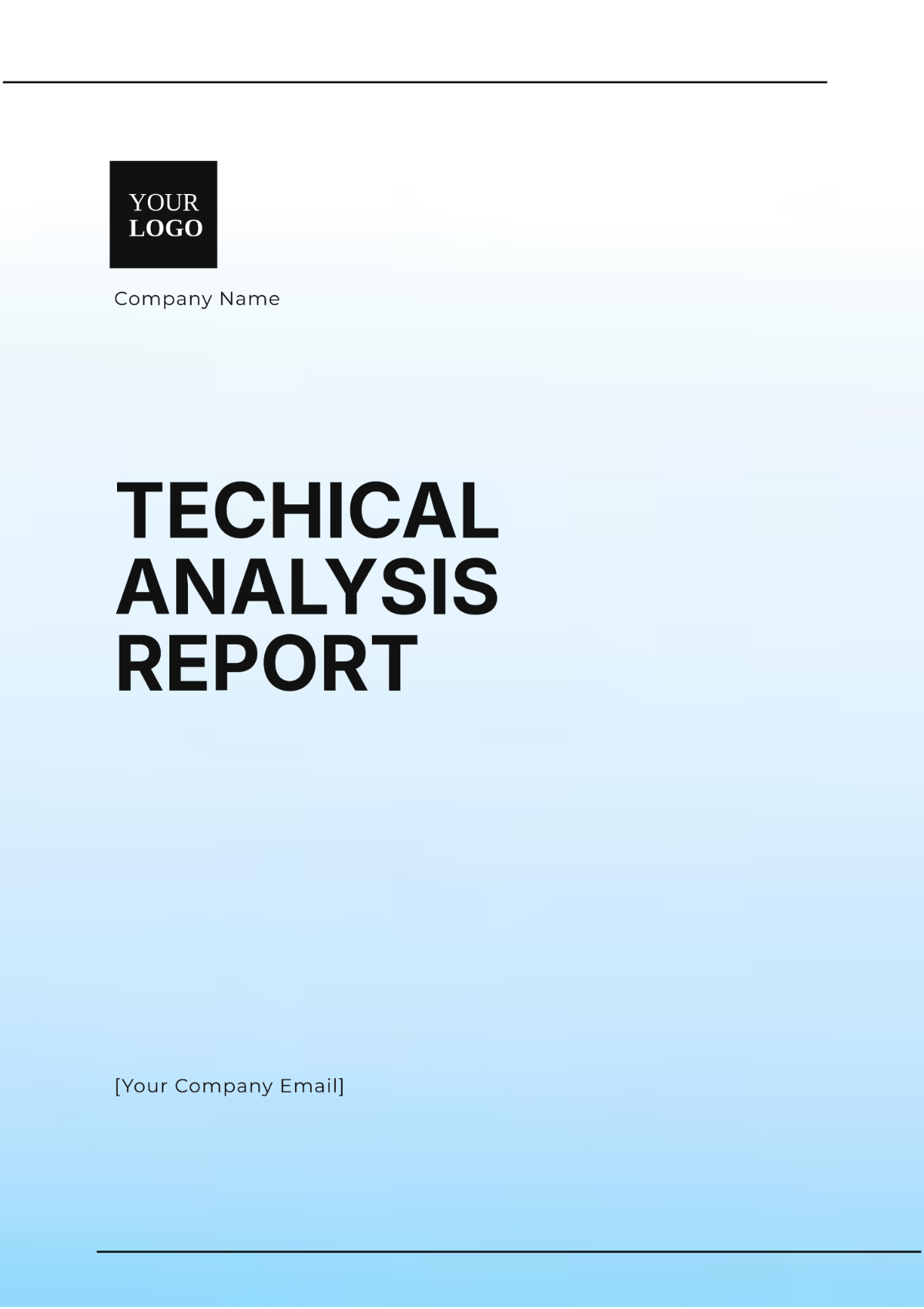Architecture Project Management Analysis
I. Introduction
A. Project Overview
This analysis focuses on the industrial space construction project located at Royal Oak, MI 48067, managed by [Your Company Name]. The project commenced on February 1, 2055, with an expected completion date of March 31, 2057. The goal is to create a modern, efficient industrial facility designed to accommodate various manufacturing and warehousing operations.
B. Scope of the Analysis
The purpose of this analysis is to evaluate the effectiveness of the project management strategies employed during the construction of the industrial space. By assessing key areas such as planning, execution, risk management, and stakeholder communication, the analysis aims to identify strengths, weaknesses, and opportunities for improvement.
II. Project Planning and Scheduling
A. Planning Effectiveness
The following table summarizes the key planning activities and their effectiveness based on adherence to schedules, resource allocation, and overall execution:
Planning Activity | Effectiveness Rating (1-5) | Notes |
|---|---|---|
Site Survey and Analysis | 5 | Completed on time with detailed insights |
Design and Approval | 4 | Minor delays, but high-quality output |
Resource Allocation | 3 | Adequate, but improvements needed |
Scheduling and Timeline | 4 | Generally adhered to schedule |
The site survey and analysis phase was highly effective, with a rating of 5, completed on time, and provided detailed insights essential for subsequent planning stages. The design and approval phase, rated 4, experienced minor delays but ultimately produced a high-quality design that met all requirements. Resource allocation, rated 3, suggests that while adequate, there were areas for improvement, particularly in resource efficiency and contingency planning. The scheduling and timeline phase received a rating of 4, reflecting good adherence to the planned schedule with only minor adjustments needed.
B. Scheduling Adherence
The following table outlines the key scheduled milestones and their actual completion dates to assess adherence to the initial timeline:
Milestone | Scheduled Date | Actual Completion Date | On Schedule (Yes/No) |
|---|---|---|---|
Site Survey and Analysis | March 1, 2055 | March 1, 2055 | Yes |
Design Approval | June 15, 2055 | June 20, 2055 | No |
Permitting and Zoning Approval | August 10, 2055 | August 10, 2055 | Yes |
Foundation Work | October 30, 2055 | November 5, 2055 | No |
Structural Framing | February 1, 2056 | February 1, 2056 | Yes |
The site survey and analysis and permitting and zoning approval milestones were completed on schedule, indicating effective planning and execution in these areas. However, the design approval milestone was delayed by five days, and the foundation work was delayed by six days, highlighting areas for potential improvement in scheduling and coordination. These minor delays emphasize the need for tighter control and monitoring of project activities to ensure timelines are strictly adhered to.
C. Resource Management
Effective resource management is crucial for the success of any construction project. The following table provides an overview of the resource allocation and utilization for key resources:
Resource | Allocated Amount | Utilized Amount | Efficiency |
|---|---|---|---|
Labor | 250 workers | 240 workers | 96% |
Construction Materials | $4,000,000 | $3,800,000 | 95% |
Equipment | 60 units | 57 units | 95% |
Labor resources were efficiently utilized with 96% efficiency, indicating effective workforce management. Construction materials were utilized at 95% efficiency, reflecting prudent material management and minimal wastage. Equipment utilization was also highly efficient at 95%, suggesting optimal use of machinery and tools. Efficient resource management is essential for cost control and timely project completion. By maintaining high levels of resource utilization, the project can avoid unnecessary delays and cost overruns.
III. Execution and Monitoring
A. Execution Effectiveness
The following table assesses the effectiveness of the project's execution in terms of meeting project goals, quality standards, and client satisfaction:
Execution Aspect | Effectiveness Rating (1-5) | Notes |
|---|---|---|
Goal Achievement | 4 | Most goals met, with minor deviations |
Quality Standards | 5 | High-quality standards consistently met |
Client Satisfaction | 4 | Positive feedback, minor improvements |
The project has largely met its goals, with a rating of 4 for goal achievement, experiencing only minor deviations. Quality standards were consistently met, earning a rating of 5, reflecting the high-quality work produced throughout the project. Client satisfaction received a rating of 4, indicating positive feedback with some areas identified for improvement. Meeting project goals and maintaining high-quality standards are essential for project success. Client satisfaction is equally important, as it reflects the project's ability to meet or exceed client expectations.
B. Monitoring Processes
Effective monitoring processes are vital for ensuring that the project stays on track. The following table summarizes the key monitoring activities and their effectiveness:
Monitoring Activity | Frequency | Effectiveness Rating (1-5) | Notes |
|---|---|---|---|
Site Inspections | Bi-weekly | 5 | Identified and resolved issues promptly |
Progress Meetings | Weekly | 4 | Effective communication and coordination |
Financial Reviews | Monthly | 4 | Kept project within budget with adjustments |
Site inspections were conducted bi-weekly and rated 5 for their effectiveness in identifying and resolving issues promptly. Weekly progress meetings facilitated effective communication and coordination, earning a rating of 4. Monthly financial reviews ensured the project remained within budget, with necessary adjustments made when required. Regular monitoring is critical for identifying potential issues early and implementing corrective actions. Effective monitoring processes contribute to the overall success and smooth progression of the project.
IV. Risk Management
A. Risk Identification and Mitigation
The following table outlines the key risks identified during the project and the mitigation strategies employed to address them:
Risk | Impact Level | Mitigation Strategy |
|---|---|---|
Supply Chain Delays | High | Diversified suppliers, buffer stock maintained |
Weather-Related Interruptions | Medium | Flexible scheduling, buffer time incorporated |
Budget Overruns | High | Regular financial reviews, contingency fund |
Supply chain delays were identified as a high-impact risk, mitigated by diversifying suppliers and maintaining a buffer stock of critical materials. Weather-related interruptions, a medium-impact risk, were managed by incorporating flexible scheduling and buffer time into the project plan. Budget overruns, another high-impact risk, were mitigated through regular financial reviews and the allocation of a contingency fund. Effective risk management involves identifying potential risks early and implementing strategies to mitigate their impact. This proactive approach helps in minimizing disruptions and ensuring the project's smooth progression.
B. Risk Monitoring
The following table provides an overview of the risk monitoring activities and their effectiveness:
Monitoring Activity | Frequency | Effectiveness Rating (1-5) | Notes |
|---|---|---|---|
Risk Assessments | Monthly | 4 | Identified emerging risks and mitigated |
Contingency Planning | Quarterly | 5 | Effective contingency plans in place |
Incident Reports | As needed | 4 | Prompt response to incidents |
Monthly risk assessments received a rating of 4 for their effectiveness in identifying and mitigating emerging risks. Quarterly contingency planning was highly effective, earning a rating of 5, ensuring that robust contingency plans were in place. Incident reports, generated as needed, were rated 4 for their prompt response and resolution of issues. Continuous risk monitoring is essential for maintaining project stability and ensuring that any potential issues are addressed promptly. Effective risk monitoring contributes to the overall success of the project by preventing major disruptions.
V. Recommendations
A. Improve Resource Allocation
Conduct Resource Audits: Regular resource audits should be conducted to ensure optimal utilization. This will help in identifying any inefficiencies and reallocating resources where needed.
Enhance Resource Planning: Improved planning processes can ensure that resources are allocated more efficiently. This includes better forecasting and scheduling of resources.
Implement Resource Management Software: Utilizing advanced software can streamline resource allocation and management. This can provide real-time insights and help in making informed decisions.
B. Strengthen Scheduling Processes
Adopt Agile Methodologies: Implementing agile methodologies can enhance flexibility and responsiveness in scheduling. This allows for quicker adjustments and better handling of unexpected changes.
Increase Buffer Times: Incorporating more buffer times in the schedule can help in accommodating delays without impacting the overall timeline. This provides a cushion for unforeseen events.
Regular Schedule Reviews: Conducting regular schedule reviews can ensure that the project remains on track. This includes assessing progress and making necessary adjustments.
C. Enhance Communication
Implement Communication Tools: Utilizing modern communication tools can improve collaboration among team members. This includes project management platforms and instant messaging apps.
Increase Meeting Frequency: Increasing the frequency of progress meetings can enhance coordination. This ensures that everyone is aligned and aware of the project status.
Provide Training: Providing training on effective communication can improve overall team interactions. This includes training on conflict resolution and collaborative problem-solving.
D. Improve Risk Management
Conduct Regular Risk Workshops: Organizing regular risk workshops can help in identifying new risks and updating mitigation strategies. This promotes proactive risk management.
Enhance Risk Reporting: Improving risk reporting processes can ensure that potential issues are identified and addressed promptly. This includes more detailed and frequent risk reports.
Increase Contingency Funds: Allocating more funds to the contingency budget can provide a financial cushion for unforeseen expenses. This ensures that the project remains financially viable.
Implement Risk Management Software: Utilizing specialized software can streamline risk management processes. This provides real-time insights and enhances decision-making.
Conduct Scenario Planning: Engaging in scenario planning exercises can help in preparing for various potential risks. This enhances readiness and improves overall risk management.
E. Focus on Quality Control
Implement Advanced QA Processes: Utilizing advanced quality assurance processes can ensure that high standards are maintained. This includes regular audits and inspections.
Provide QA Training: Providing training on quality assurance can improve overall project quality. This includes training on best practices and industry standards.
Utilize QA Software: Implementing specialized software can streamline quality assurance processes. This provides real-time insights and helps in maintaining high standards.
Increase QA Frequency: Conducting more frequent quality assurance checks can identify issues early. This ensures that they are addressed promptly.
Enhance QA Reporting: Improving QA reporting processes can ensure that issues are documented and resolved effectively. This includes more detailed and frequent reports.
VI. Conclusion
The analysis has highlighted several strengths and areas for improvement in the project management strategies employed by [Your Company Name]. Effective planning, execution, and monitoring processes have contributed to the project's overall success. However, there are opportunities to enhance resource allocation, scheduling, communication, risk management, and quality control.
Effective project management is crucial for the successful completion of construction projects. By continuously assessing and improving management strategies, [Your Company Name] can enhance its ability to deliver high-quality, on-time, and within-budget projects. The insights gained from this analysis will guide future projects and contribute to the firm's ongoing success.
